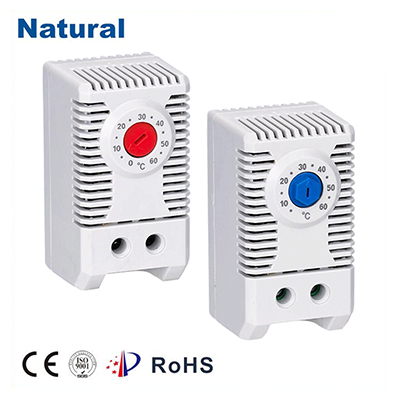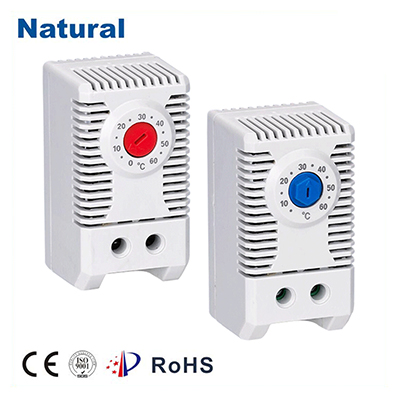Bimetal thermostats are essential components in various heating and cooling systems, known for their reliability and efficiency in temperature regulation. This article delves into the design, functionality, and applications of bimetal thermostats, exploring how they play a vital role in maintaining desired temperature levels in diverse environments.

What is a Bimetal Thermostat?

A bimetal thermostat consists of two different metals bonded together, which expand at different rates when exposed to temperature changes. This differential expansion causes the bimetallic strip to bend, triggering the thermostat’s mechanical switch. This mechanism allows the thermostat to open or close an electrical circuit based on the temperature, effectively controlling heating or cooling systems. Bimetal thermostats are commonly used in household appliances, automotive applications, and industrial equipment. How Does a Bimetal Thermostat Work? The operation of a bimetal thermostat is relatively straightforward. When the temperature in the environment increases, the metal with the higher coefficient of thermal expansion expands more than the other. This causes the bimetallic strip to curve in one direction. Conversely, when the temperature decreases, the strip bends in the opposite direction as the metals contract.

Leave a Reply